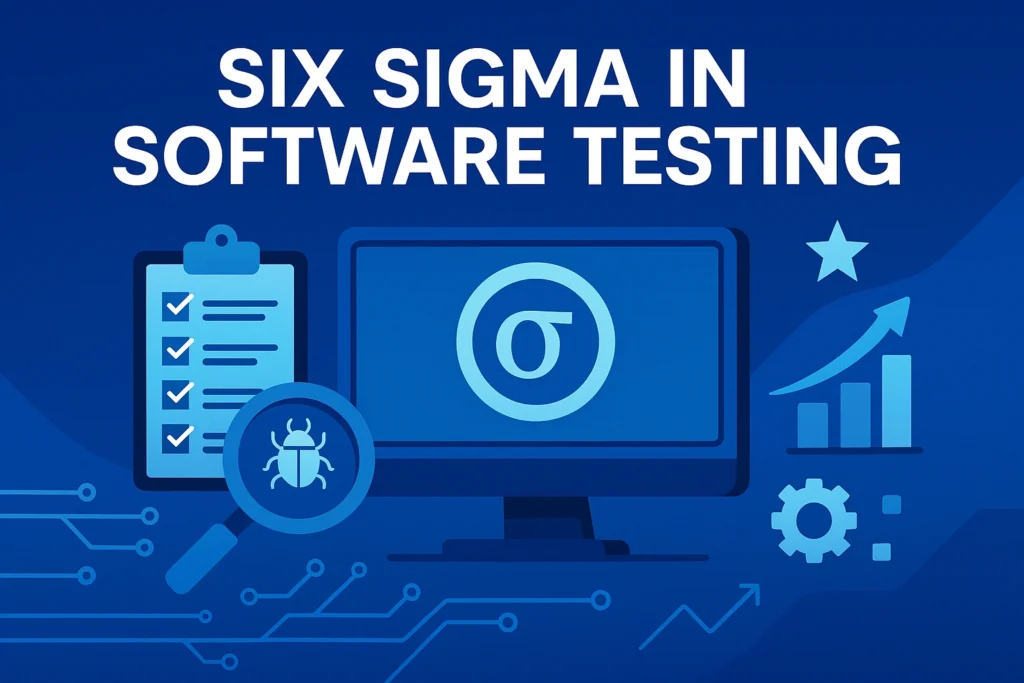Postman Interview Questions
Title: Top 25 Postman Interview Questions and Answers (2025 Guide) Are you preparing for a QA or API testing interview and want to ace the Postman-related questions? Whether you’re a fresher just getting into API testing or an experienced tester brushing up your skills, this guide covers the most commonly asked Postman interview questions—with simple, […]
Postman Interview Questions Read More »


















